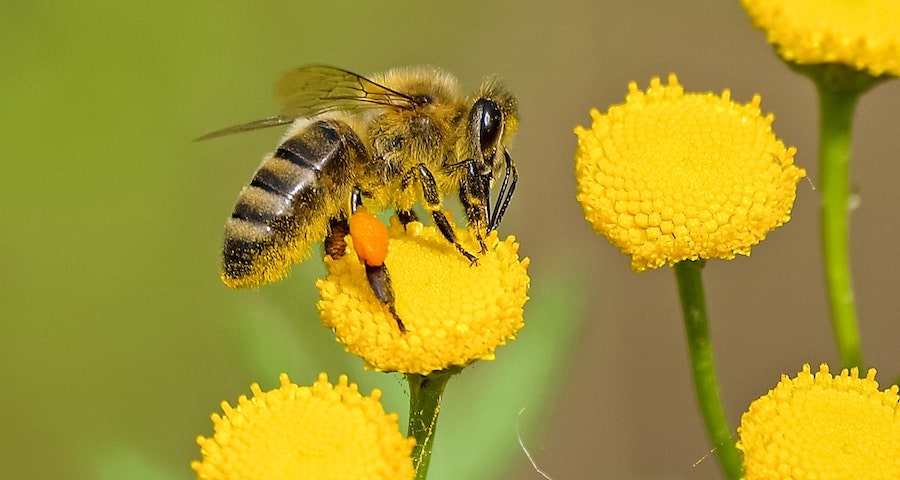
Teaching your children about nature can be a fun and rewarding experience for both you and your child. One of the most fascinating aspects of nature is pollination, a process that helps plants reproduce.
Pollinators like bees, butterflies, and birds play a vital role in this process and help maintain the balance of our ecosystem. But how do you teach your children about pollination and its importance? In this blog post, we’ll share with you several helpful tips on how to teach your children about pollination.
Contents
Start with the basics
The first steps to teaching children about pollination is to explain what pollination is and how it works. Explain to your child that pollination is a process by which plants produce seeds to grow into new plants. You can show different types of flowers and explain how different pollinators are attracted to different types of flowers. This will help your child begin to understand the basics of pollination and how different pollinators contribute to the process.
Take them on a nature walk
Taking your child on a nature walk is an excellent way to show them the different pollinators in action. You can point out different types of plants and explain how they are pollinated. You can also show them how certain flowers depend on specific pollinators. Encourage your child to observe the different flowers and pollinators and notice the differences between them. This experience will create a lasting impression on your child and help them appreciate nature’s beauty and diversity.
Grow your own flowers
Growing flowers at home is a fantastic way to teach children about pollination. You can help them plant different types of flowers and explain to them how pollinators are attracted to specific flowers. You can also explain how flowers produce nectar, which helps in attracting pollinators. This experience will help your child understand how plants depend on pollinators to grow and thrive.
Get creative with crafts
Crafts are an excellent way to help children learn about pollination. You can help them create their own pollinator masks or make paper flowers. This activity will make your child learn and appreciate every detail of the pollinators’ appearance and understand how they contribute to pollination. These crafts can be both educational and interactive, making learning engaging and fun.
Watch educational videos together
Watching educational videos about pollination is an excellent way to reinforce what your child has learned. You can show them different videos that explain the importance of pollinators, show the different pollinators, and how they contribute to the pollination process. This can help your child understand the concept of pollination better and enjoy learning about the natural world.
Conclusion:
Teaching your children about pollination is an enjoyable process that can create a lifelong love for nature. By starting with the basics, taking them on a nature walk, growing your own flowers, getting creative with crafts, and watching educational videos together, you can make learning about pollination an engaging and interactive experience.
Your child will learn how pollinators help plants grow and how they contribute to a healthy ecosystem. With these tips, you can instill a love and appreciation for nature in your child that they will carry with them throughout their lives.
